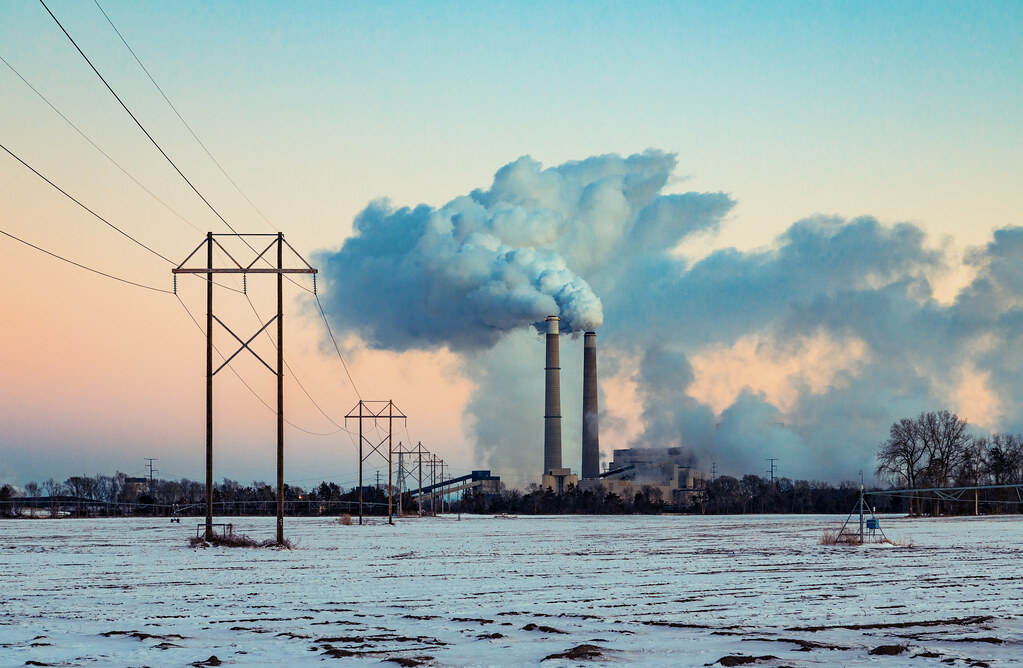Photo credit: Tony Webster via Flickr (licensed under CC BY-SA 2.0)
North Dakota and West Virginia are leading a coalition of 23 states in suing to stop the EPA’s new greenhouse gas regulations on power plants. The final rule was published on April 25 and went into effect last week. The rule spells a “death sentence for coal,” said Dave Glatt of the North Dakota Department of Environmental Quality.
American Experiment modeled the proposed rule, which is in some ways less strict than the final rule issued in April. The model showed massive blackouts across the Midcontinent Independent Systems Operator (MISO) region and a cost of $246 billion to build the new generating capacity to ensure reliability. While existing natural gas plants have been (mercifully) spared from regulation in the final rule, the EPA intends to issue a separate rule shortly.
The EPA’s final rules will significantly undermine the reliability of the U.S. electric grid and increase costs through the premature retirement of coal plants. Coal plants that expect to operate beyond 2039 will need to reduce their emissions by 90% by 2032. That is a short eight years away. Coal plants that plan to shutter by 2039 will still be required to reduce their emissions by 16% by 2030, with the difference likely to be made up with 40% gas co-firing.
The EPA leaves it to the coal plants to decide how they will achieve 90% emissions reductions. However, the EPA’s mandates are impossible unless carbon capture and sequestration (CCS) make up for the gap — a technology that has some challenges in deploying at scale in a commercial context.
The Edison Electric Institute, an association of U.S. investor-owned electric companies, warned that “CCS is not yet ready for full-scale, economy-wide deployment, nor is there sufficient time to permit, finance, and build the CCS infrastructure needed for compliance by 2032.”
The rule could run afoul of the Supreme Court’s 2022 decision in West Virginia v. EPA, in which the court could not find a “clear congressional authorization” for the EPA’s authority to regulate greenhouse gas emissions through generation shifting. The Obama-era Clean Power Plan and the Trump administration’s Affordable Clean Energy rule were in question in West Virginia, and this final rule is similar. However, the EPA intends to skirt the boundaries set in West Virginia by claiming the rule regulates emissions from individual plants (never mind the drastic sector-wide effects of these regulations on ‘individual’ power plants).
Reliability and affordability ought to be the U.S. government’s top priorities. The EPA’s final rules undermine the reliability of the electric grid by forcing the premature retirement of the coal fleet and strictly regulating the new natural gas plants needed to ensure reliability.

